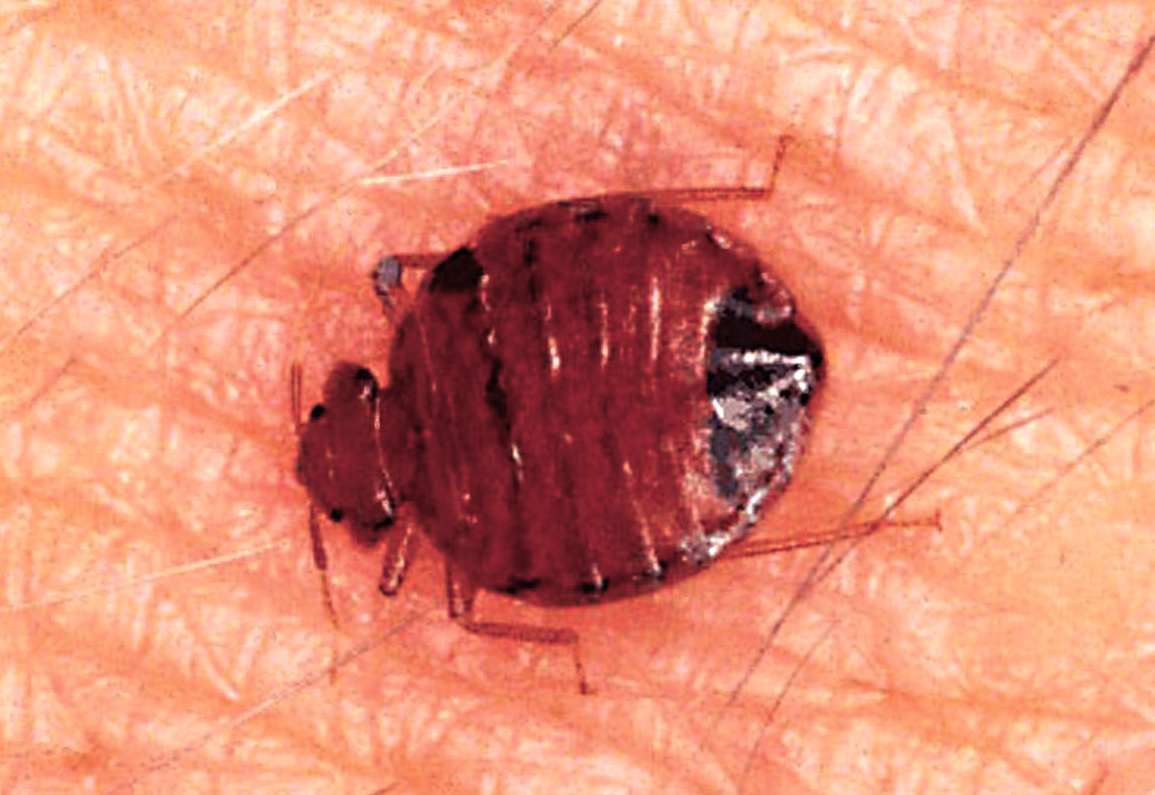They want your blood.
Reddish-brown and wingless, they are the resilient menaces of the night. Large crowds of them leave rooms bathed in a sweet, pungent odor like rotting raspberries. About a quarter of an inch long, they hide in walls, baseboards, carpeting and crevices.
Their favorite hangout spot ““ beds.
Bedbugs are back.
Los Angeles has crept into the No. 10 spot on Terminix’s recent report of the U.S. cities with the worst bedbug infestations.
Topping the list is New York City, where Google offices, Time Warner Inc. and the Empire State Building have recently reported problems with the pests.
Bedbug infestations were virtually eliminated nationwide in the 1950s and ’60s with the widespread use of pesticides such as DDT.
But these chemicals have been banned since the ’70s when research showed they caused harmful side effects in humans and other animals.
The bedbug’s return in recent years owes much to the dramatic increase in travel, according to George Berlin, an adjunct professor of medical entomology.
“Especially when you go by train and buses, they hitchhike on you, most of the time with your luggage,” Berlin said. “That’s why when a person comes from a foreign country, they shouldn’t bring the suitcase inside the house.”
When staying in hotels, travelers should keep suitcases off the floor and on luggage racks, said Dr. Lorraine Young, an associate clinical professor of dermatology. Reducing clutter and washing new store-bought clothes are also good practices, she added.
Bedbug bites are typically red, swollen and itchy like mosquito bites. Fortunately, the pests don’t transmit diseases, but too much scratching can open wounds to infection.
Over-the-counter hydrocortisone creams can relieve the itching, and usually the bites heal on their own in a few days. But the pests are extremely persistent. Bedbugs can survive for months without a blood meal, and they don’t discriminate between hosts.
“It’s an equal-opportunity biter,” Berlin said.
UCLA Housing received seven confirmed cases of bedbug infestations in the residence halls during the 2009-2010 academic year. All cases were successfully contained and treated, according to Steve Dundish, area manager for the rooms division of UCLA Housing and Hospitality.
When students report bedbugs, UCLA Housing calls in a pest-control agency to confirm the infestation. The residents are then moved to a temporary location while the room is heat-treated by a state-certified technician, Dundish said.
When changing rooms, students are instructed to wash all clothes and linen in hot water to make sure that no bedbugs come along for the ride, he added.
If students think they have an infestation in their dorm room, they should alert residence hall management immediately, Dundish said. He added that students should not conceal the problem, wait to report or try to eliminate the bedbugs by themselves.
Heat treatment is a particularly effective nonchemical solution, because bedbugs are sensitive to temperature changes, Berlin said. Those living off campus can try using a hair-dryer to blow hot air in the crevices of mattresses and couches. People can also shine flashlights to check for the photosensitive pests, which will move around when exposed to light.
But for now, no standard solution has been researched and developed for tackling an epidemic that has become an urban problem.
“People are only paying attention to it now, so there’s no major funding. Most of the work is done in the major hotels and restaurants, because (bedbugs) are attacking people who go there,” Berlin said.
“This is completely a problem in the future, and one has to be very careful,” he added.
